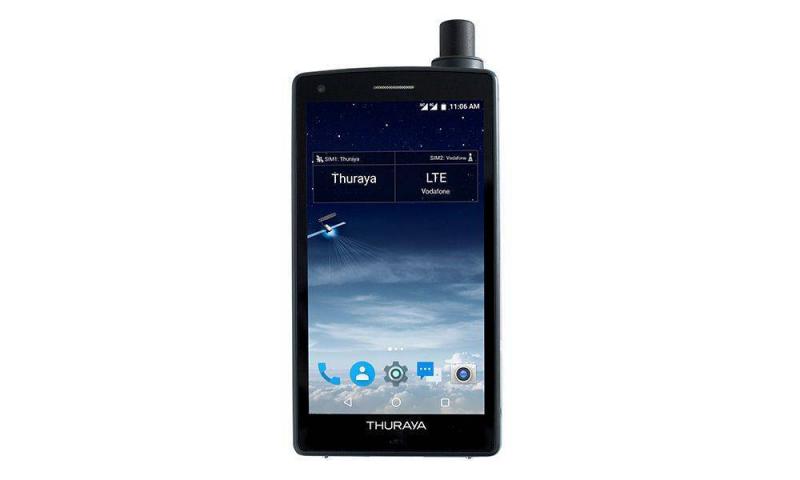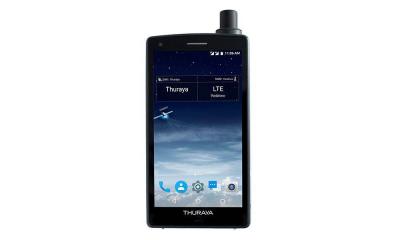After the NetBlocks Observatory, which monitors internet access, announced today that internet connectivity in the Gaza Strip has collapsed, alongside mobile networks, reporters from local and international news agencies can only communicate with the outside world through the Thuraya network. What is this network?
**Thuraya**
Thuraya is a satellite communications network primarily focused on Europe, the Middle East, and Africa. It uses a single fixed satellite for communications, a second satellite launched in 2003, and a third one planned for launch in the first quarter of 2007, which was delayed due to weather conditions until early 2008 successfully. Thuraya's headquarters is in the United Arab Emirates, and it provides services through authorized service providers. The company's shareholders include telecommunications companies from various nationalities in the Middle East and North Africa (including "Etisalat") and several other investment companies.
**Services**
Thuraya offers voice communication services via satellite phones or fixed stations, short message service (SMS), and high-speed data transmission of 444 Kbps through a laptop-sized terminal (ThurayaIP), along with several other services such as call waiting, missed calls, voicemail, and more.
**Aerial Interface**
Transceivers connect directly with satellites using an antenna roughly the same length as a telephone receiver and have a maximum output power of 2 watts. The modulation employs phase-shift keying in the aerial interface. Thuraya SIM cards work in regular GSM phones, and regular GSM SIM cards can be used on the satellite network as long as the SIM service provider has a roaming agreement with Thuraya. As with all terrestrial synchronous voice services, there is noticeable latency during calls.
Due to the relatively high gain of the antennas in the phones, it is essential to aim the antenna approximately toward the satellite. Since the phones have a GPS receiver, it is possible to program the ground location of satellites as waypoints to assist in aiming. The service operates on designated L-band carrier frequencies in clusters for coverage areas referred to as "Spotbeams," equivalent to Thuraya's cells or service areas.
**GPS Usage**
Each Thuraya phone and standalone transceiver is equipped with a GPS receiver, transmitting its location to the Thuraya gateway periodically. The integrated GPS capability facilitates navigation via waypoints.




